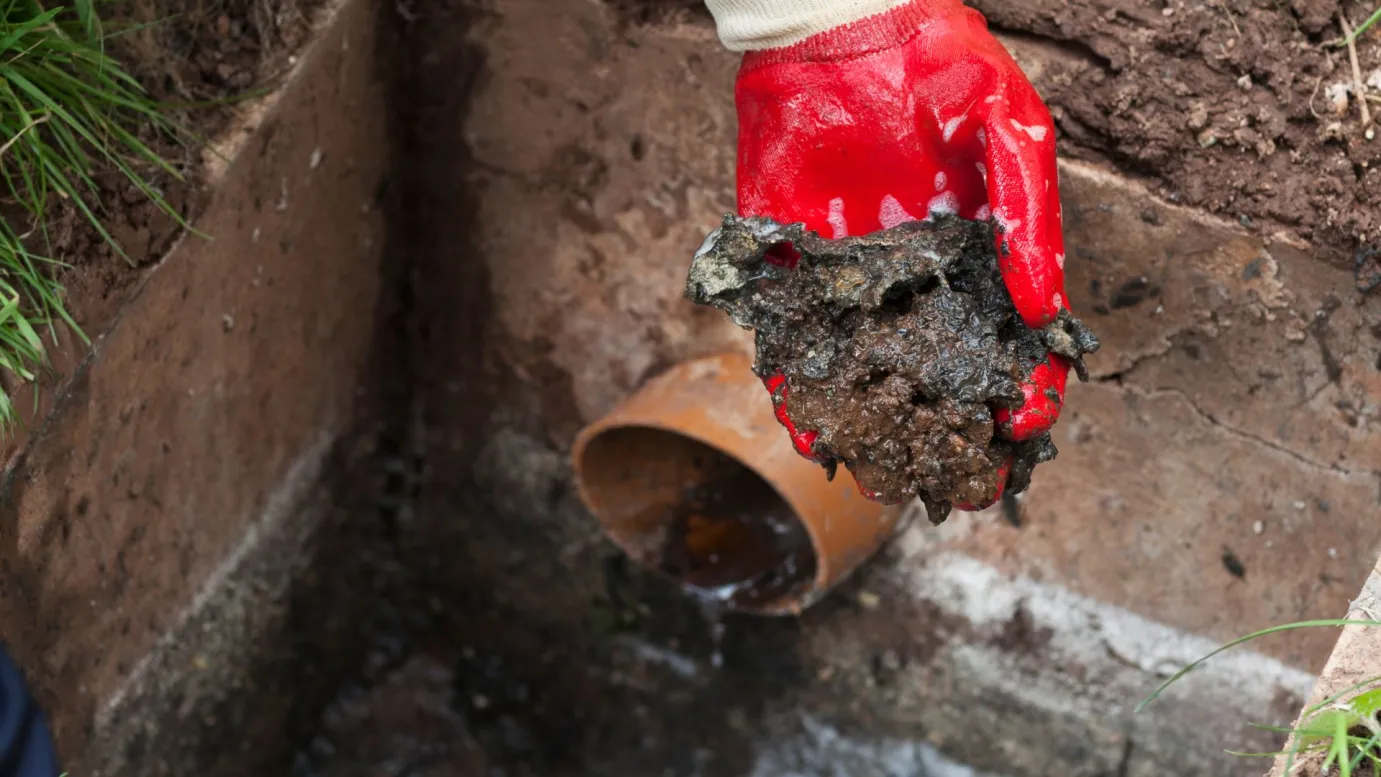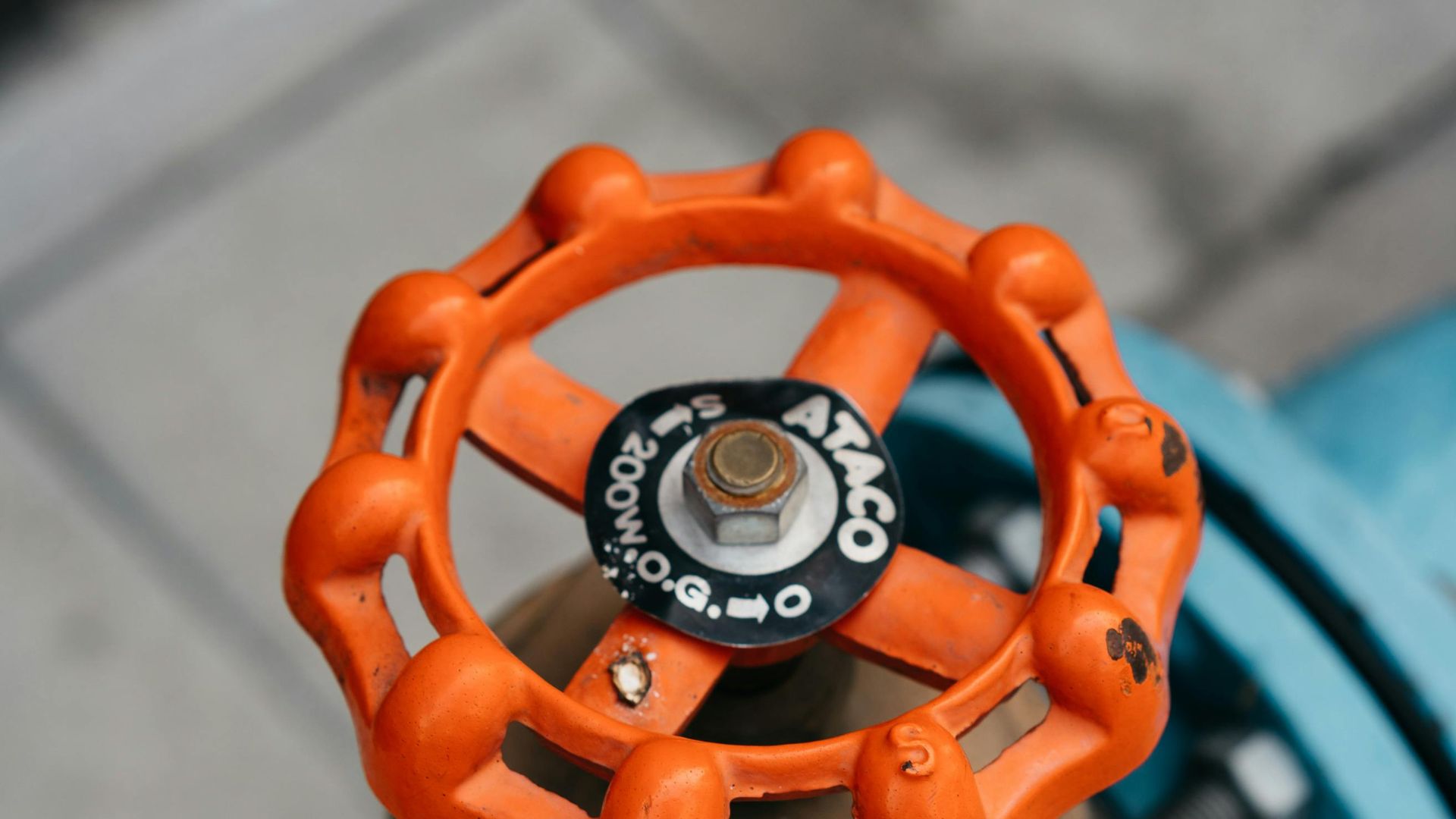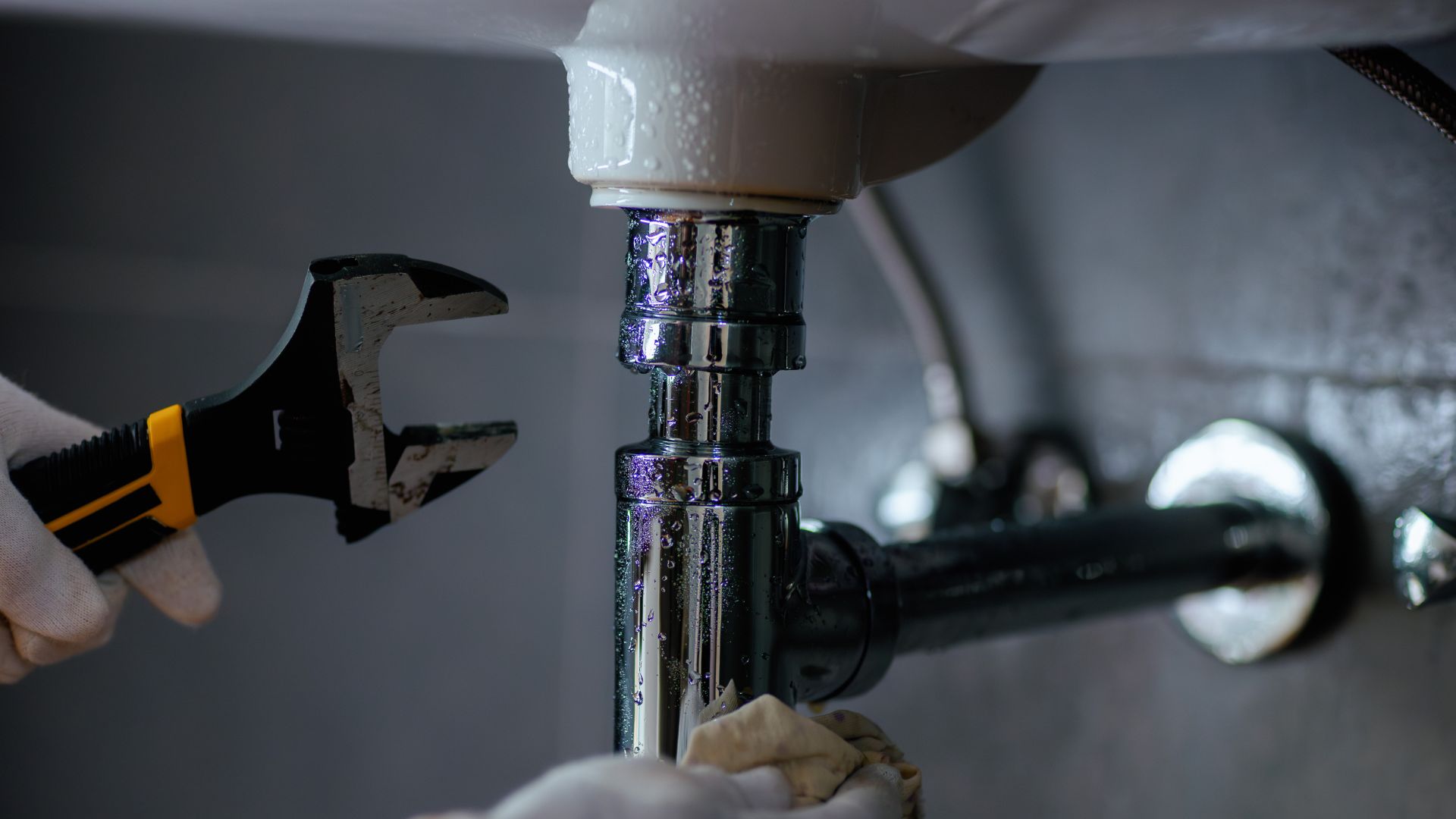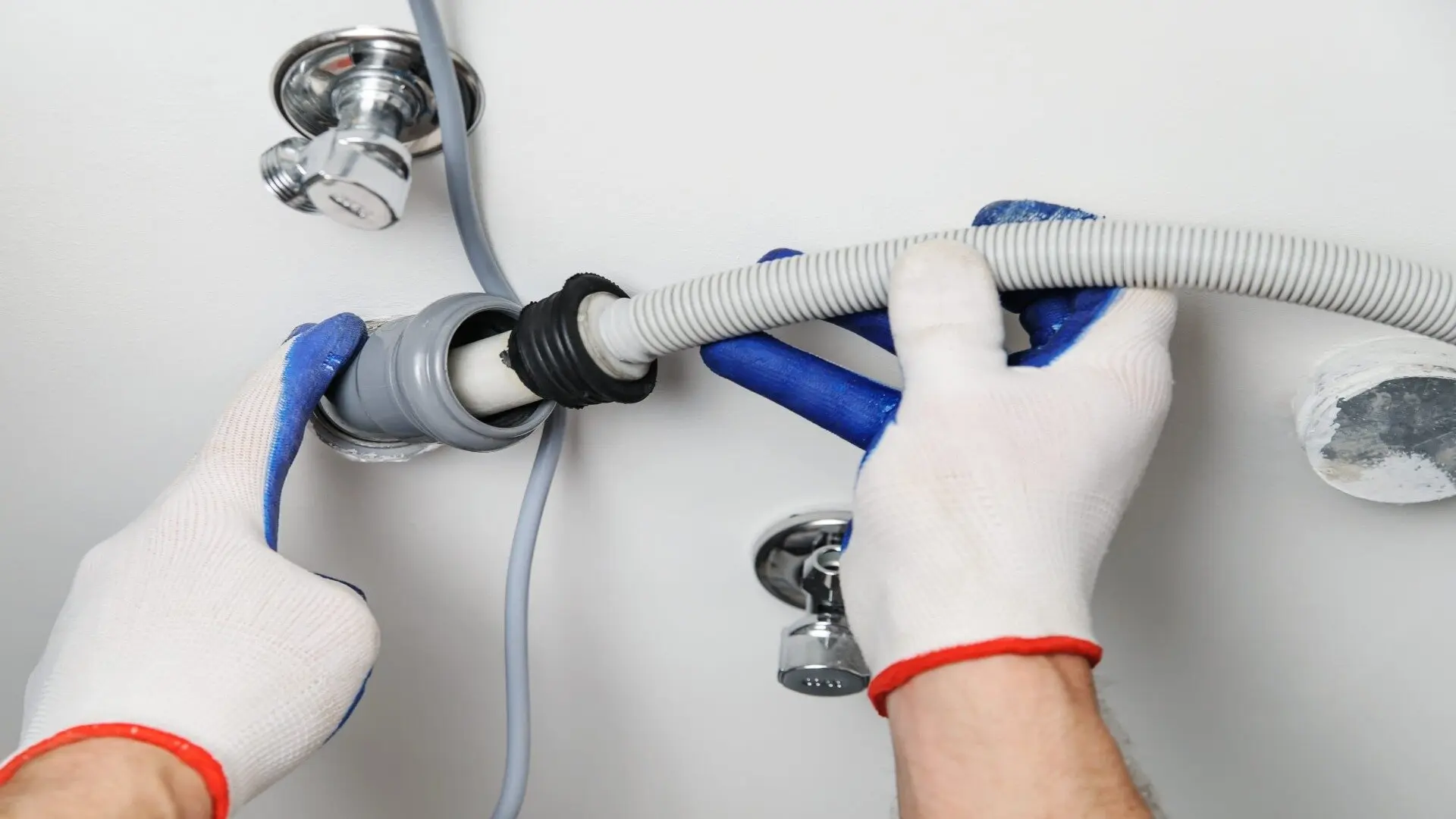
Is there anything more annoying than finishing a wash just to discover your washing machine won’t drain? Often, the culprit is built-up residue or forgotten items in pockets, leaving your clothes soggy and the washer useless. Don’t worry! Tackling drain blockages can be an easy DIY task, saving you the hassle of calling a pro.
Here, we’ll cover different ways to clear typical drain clogs, helping you get your washer back in action quickly. Just grab some basic tools, add a bit of elbow grease, and you’ll have that water flowing again, ready to tackle your laundry routine with ease.
Common Causes of Drain Blockages in the Laundry
There are several reasons why drain blockages can occur in washing machines and laundry tubs. Often, it comes down to build-up of grime and debris over time or items left unintentionally in pockets during washes. Some of the most common culprits of drain clogs include:
Hair
Hair is one of the biggest causes of clogs, whether from heads or pet fur, as it easily wraps around drains and piles up.
Lint
The small fabric fibres from your clothes shed during washes and can quickly clog up your drains.
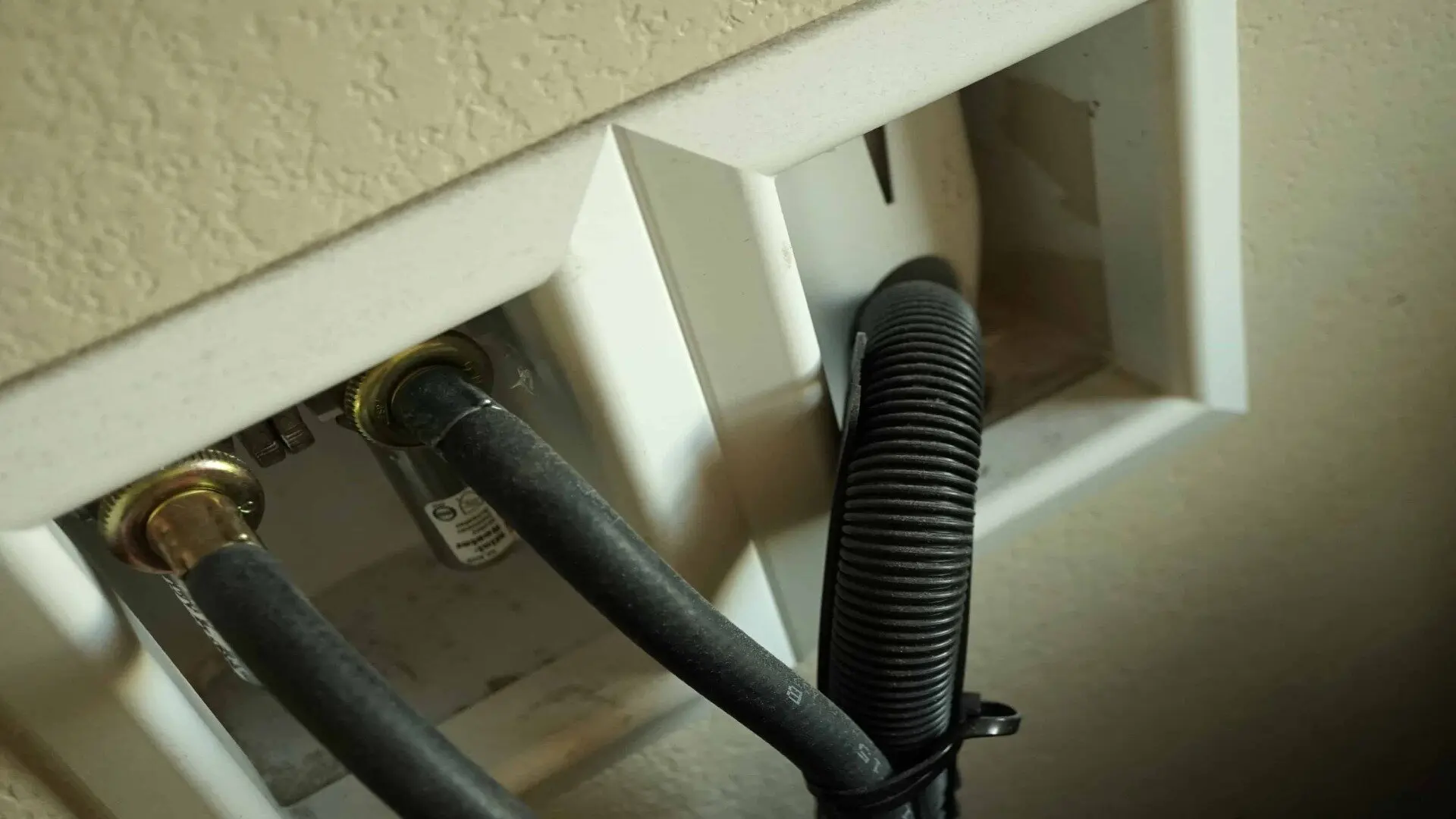
Coins and small objects
Over time, coins, buttons, pins, or other small items tucked away in pockets work their way loose and lodge in drains.
Detergent and fabric softener residue
Residue from detergents and fabric softeners tends to build up over time, causing drains to clog.
Paper and sticky labels
Receipts, tissues or labels from new clothes that aren’t entirely removed before washing can attach themselves inside drains.
Preventive Measures
There are some simple things you can do to help prevent drain blockages from occurring regularly. After each load of laundry, carefully check clothes pockets for coins, paper, or other small objects before washing and removing any found.
You should also habitually clean the detergent drawers and wipe down the inside of the washer drum to remove any residual grime. Remove the drain cover for washer drains on the floor and scoop out any lint build-up once a month.
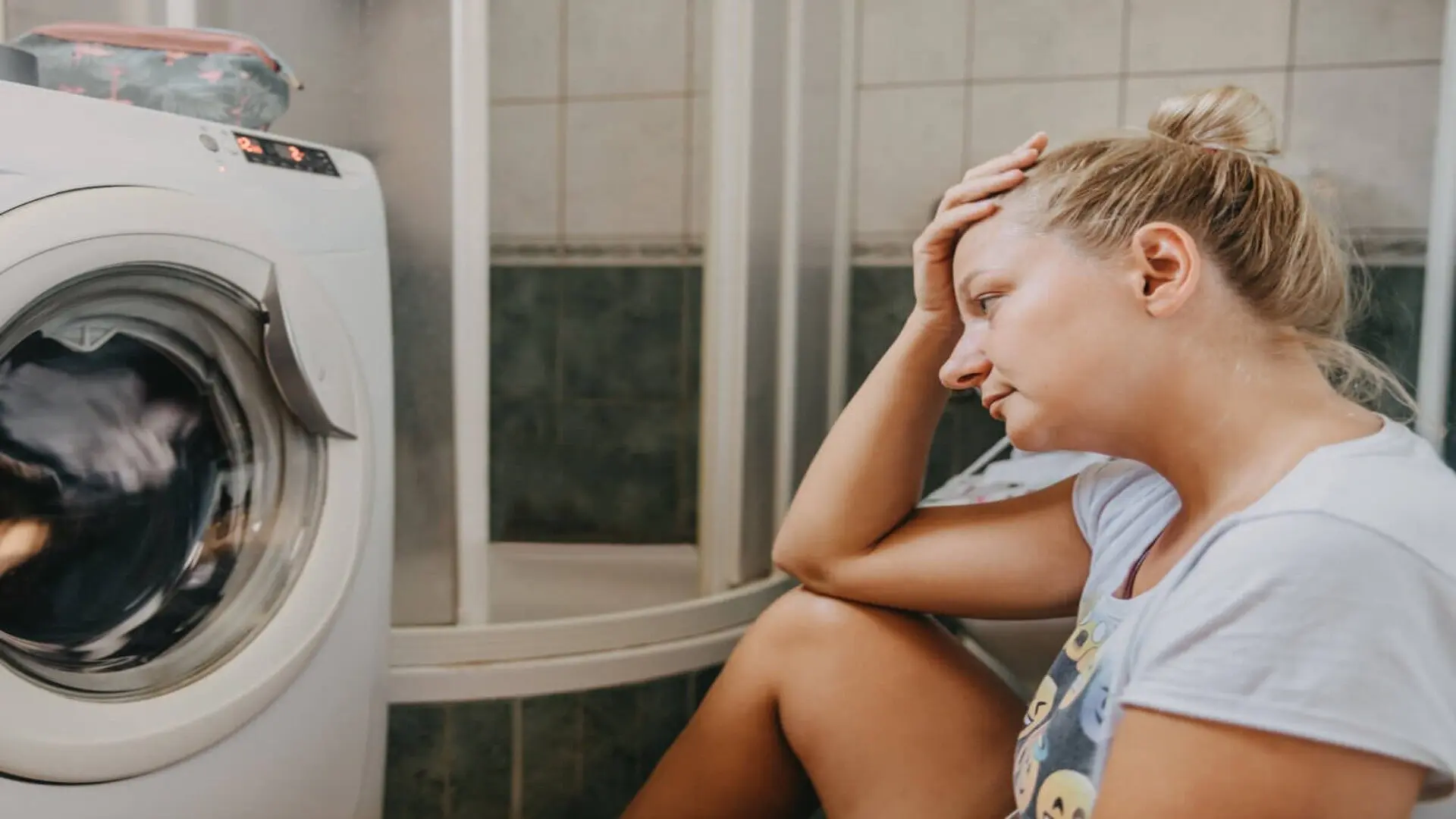
Opting for liquid detergents instead of the powder can cut down residue. Every now and then, try using a drain cleaner or toss in a cup of white vinegar during an empty cycle as a cleaner. These simple habits can go a long way in preventing blockages and sparing you from costly repairs.
DIY Solutions for Clearing Drain Blockages
If your washer or laundry drain is clogged, try a few easy DIY solutions before calling a professional. Remove any lint or debris that may be stuck in the drain filter or cover for minor blockages.
A plunger can often clear clogs in washer standpipes or floor drains. If that doesn’t do the trick, you might wield a drain cleaning tool or even a coat hanger bent into a probe to tackle those stubborn blockages further down the line.
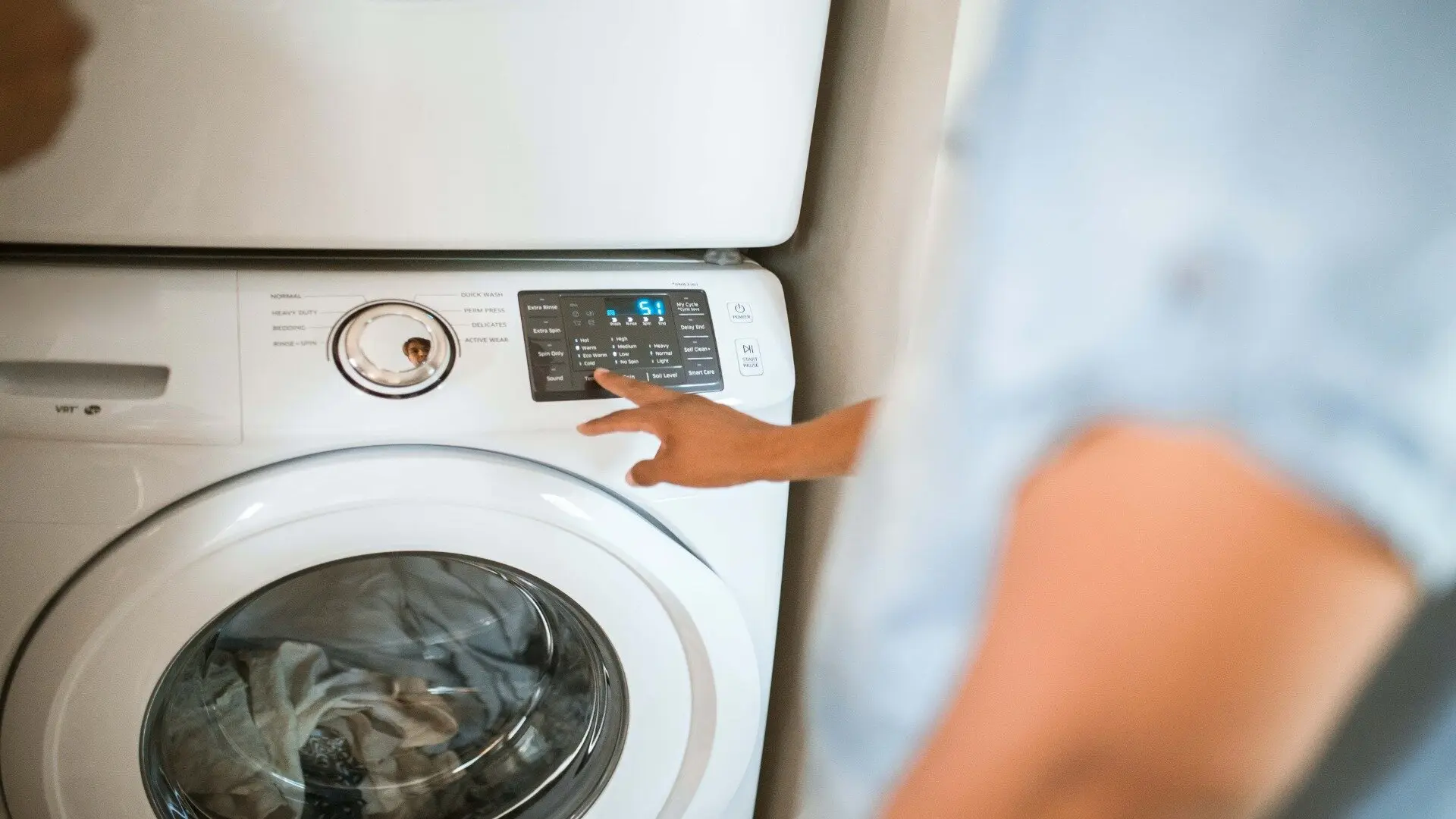
Commercial drain cleaners containing enzymes or bacteria are also practical—follow product instructions. As a greener option, try pouring a cup of baking soda followed by vinegar into the drain and letting it fizz for several hours before flushing with water. Be patient; some solutions may take time to fully clear out a blockage. However, these simple methods will work for most common drain clogs.
Keeping Your Laundry Flowing
Armed with the right tools and methods, tackling drain blockages can be an easy DIY project. Follow the blog’s guidance on preventive maintenance and safe methods to keep your washer’s drains running smoothly.
If you’re still facing stubborn clogs after trying everything, it’s time to call in a pro. At Fixed Today, our skilled plumbers have the expertise to unclog those tough household drains effectively and safely.
Don’t hesitate to contact us if you need help with a drain inspection, jetting, video camera work, or full drain repairs. We’re here to get your laundry room fully functional again quickly with a guaranteed drain blockage solution.

